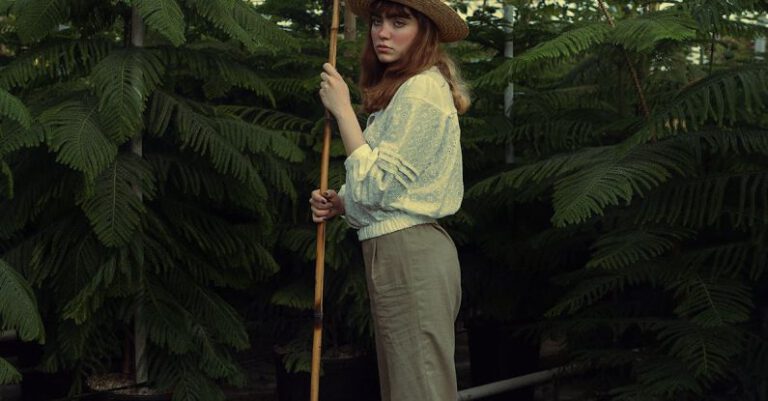How to Plan a Garden Layout for Year-round Beauty?
Creating a garden that maintains its beauty throughout the year requires thoughtful planning and strategic layout. By considering factors such as plant selection, color schemes, seasonal interest, and structural elements, you can design a garden that delights the eye and nurtures the soul in every season. Follow these tips to plan a garden layout for year-round beauty.
Select a Diverse Range of Plants
To achieve year-round beauty in your garden, it is essential to choose plants that offer interest in different seasons. Incorporate a mix of evergreen shrubs, flowering perennials, and seasonal bulbs to ensure there is always something in bloom or providing visual appeal. Consider plants with varying textures, heights, and foliage colors to create depth and dimension within your garden space.
Create a Colorful Palette
Color plays a significant role in garden design, evoking different emotions and setting the mood of the space. Plan your garden layout with a cohesive color scheme in mind, incorporating plants that bloom in different hues throughout the year. Utilize color theory to create harmonious combinations or striking contrasts that capture attention and add visual interest to your garden.
Embrace Seasonal Interest
Each season brings its own unique charm to the garden, from the vibrant blooms of spring to the rich hues of autumn foliage. Plan your garden layout to showcase the beauty of each season by selecting plants that peak at different times of the year. Include early bloomers for spring, summer perennials for long-lasting color, fall foliage for autumn interest, and evergreens for winter structure. By incorporating a variety of plants with seasonal appeal, you can ensure your garden remains visually captivating year-round.
Incorporate Structural Elements
In addition to plants, incorporating structural elements into your garden layout can enhance its beauty and provide year-round interest. Consider adding features such as trellises, arbors, pathways, or seating areas to create focal points and add architectural interest to your garden design. Structural elements not only serve as visual anchors but also provide a framework for your plants to grow and thrive, adding depth and character to the overall landscape.
Plan for Succession Planting
Succession planting involves strategically selecting and planting different crops in the same space to maximize the use of available resources and extend the growing season. Apply this concept to your garden layout by planning for continuous blooms and color throughout the year. Choose plants that bloom at different times and complement each other’s growth habits to ensure a seamless transition of interest from one season to the next. By staggering plantings and incorporating a mix of annuals, perennials, and bulbs, you can create a garden that is constantly evolving and engaging.
Maximize Garden Space
Make the most of your garden space by planning for vertical and horizontal planting opportunities. Utilize vertical structures such as trellises, walls, or fences to grow climbing plants, vines, or espaliered trees, maximizing space and adding visual interest to your garden design. Additionally, consider layering plants of varying heights and growth habits to create a sense of depth and fullness within your garden beds. By maximizing your garden space, you can create a lush and inviting landscape that thrives year-round.
Conclusion: Cultivating a garden that maintains its beauty throughout the year requires careful planning and consideration of plant selection, color schemes, seasonal interest, structural elements, succession planting, and maximizing garden space. By incorporating these tips into your garden layout, you can create a visually stunning and dynamic landscape that brings joy and inspiration in every season. Start planning your garden layout today to enjoy year-round beauty in your outdoor space.






